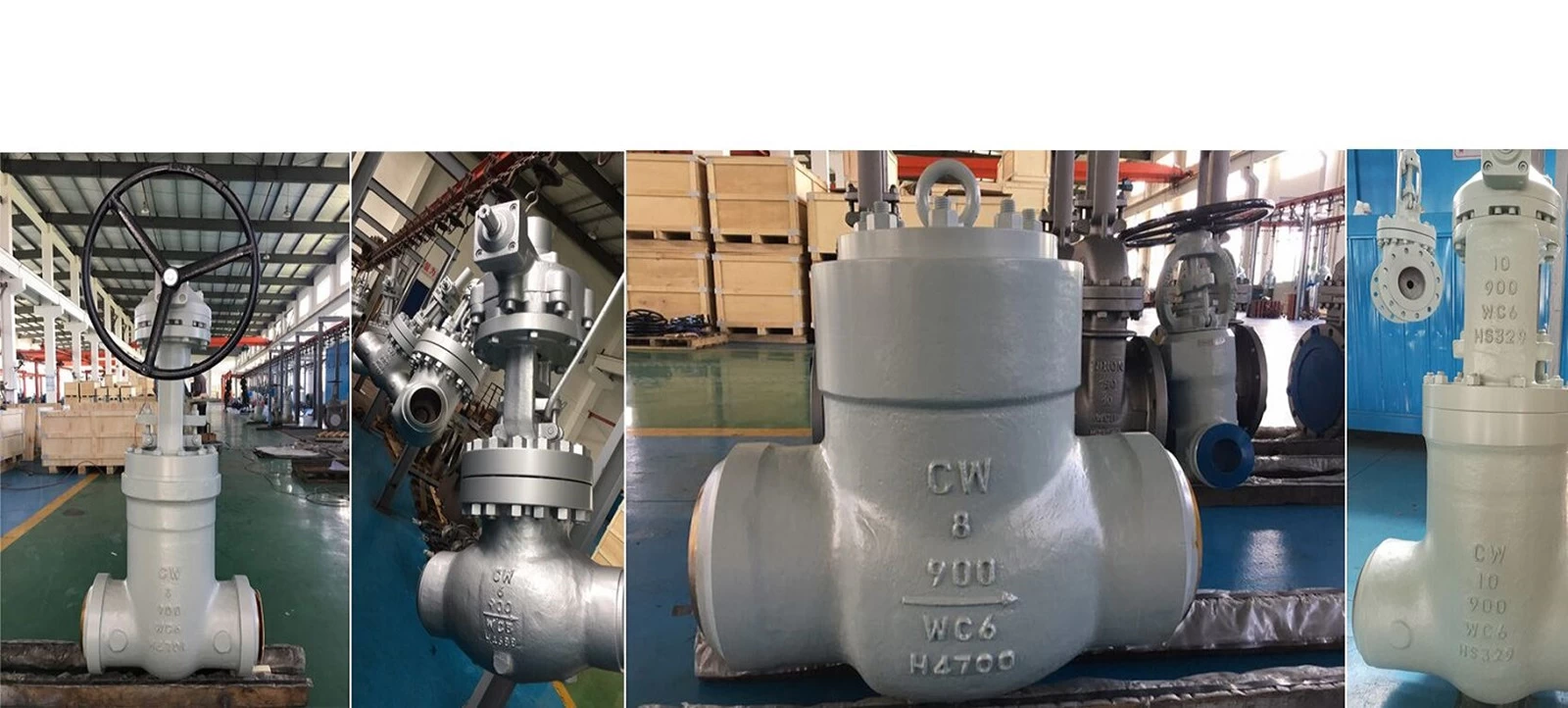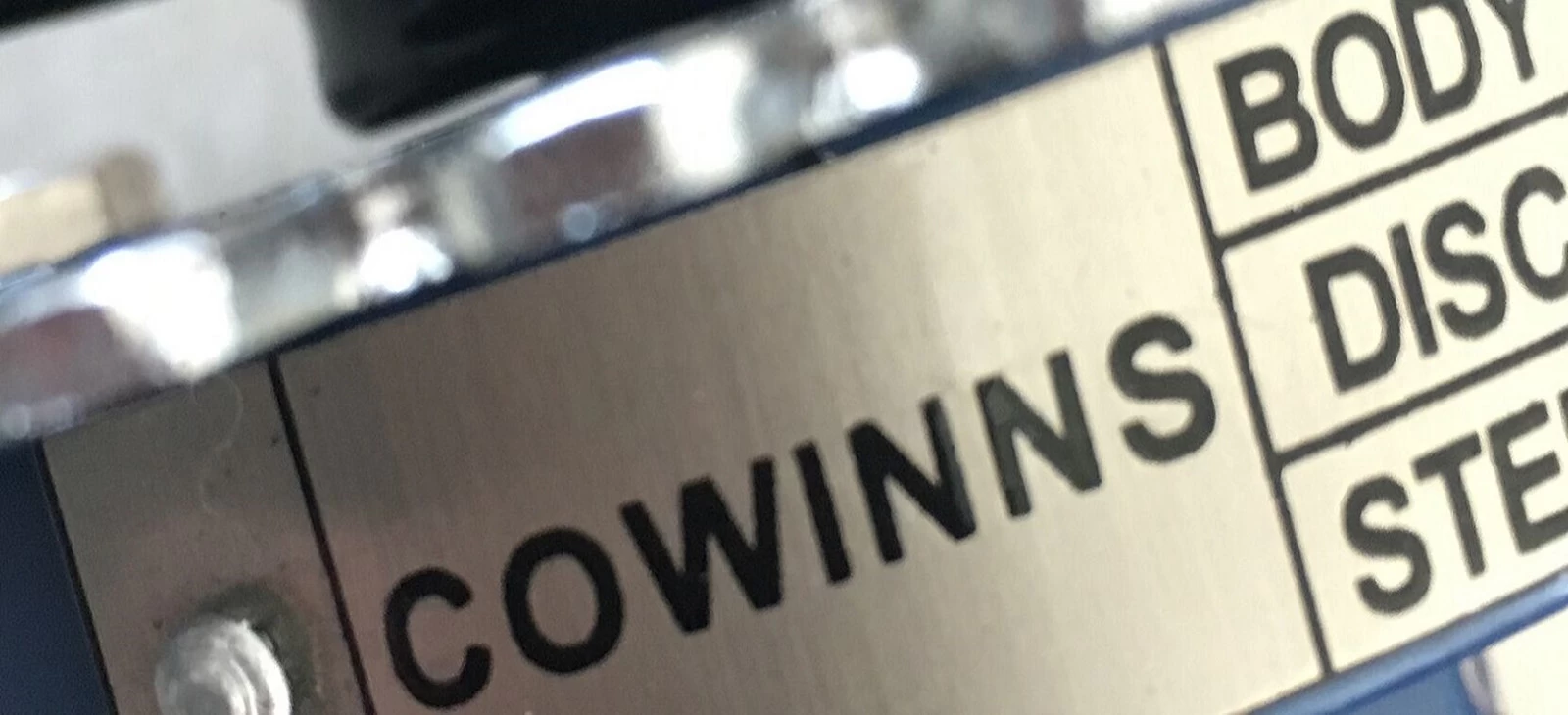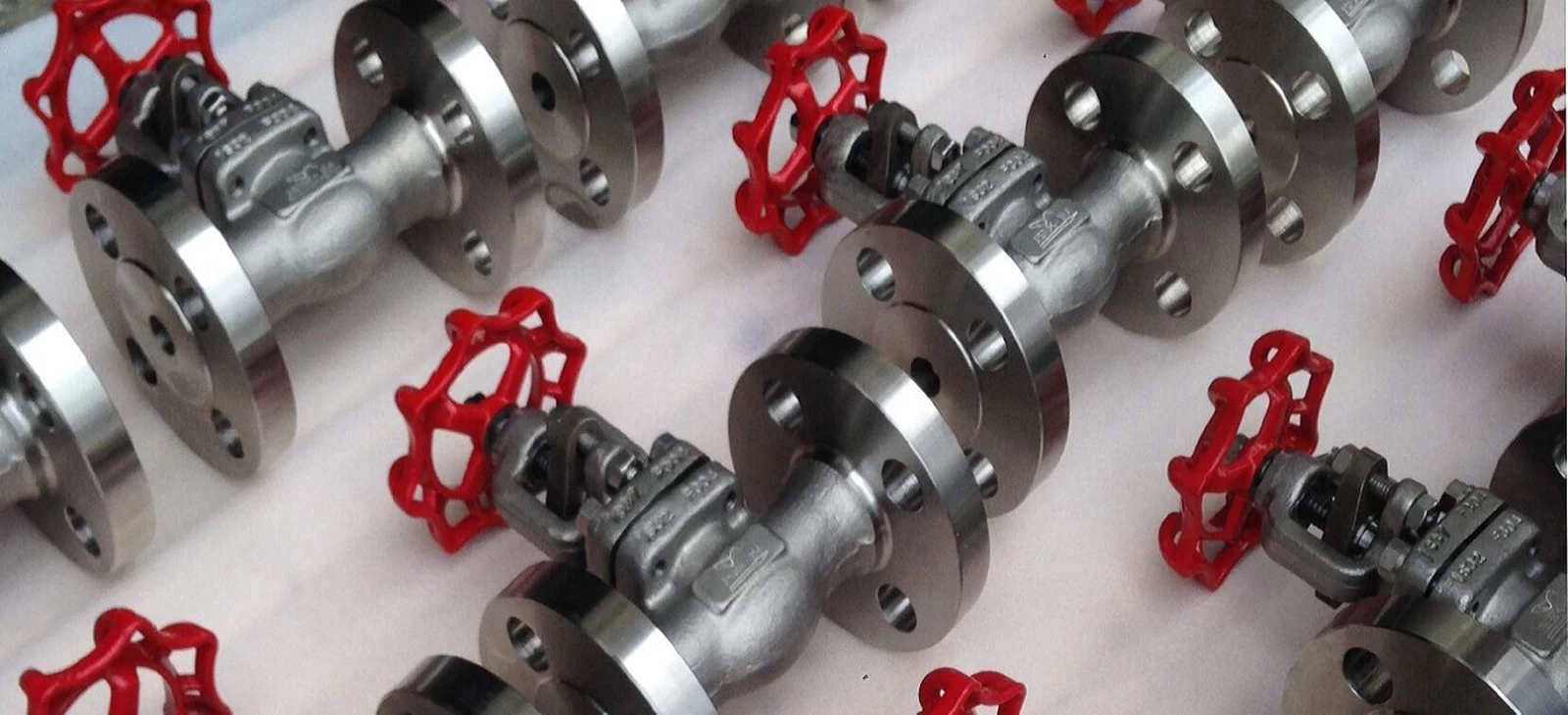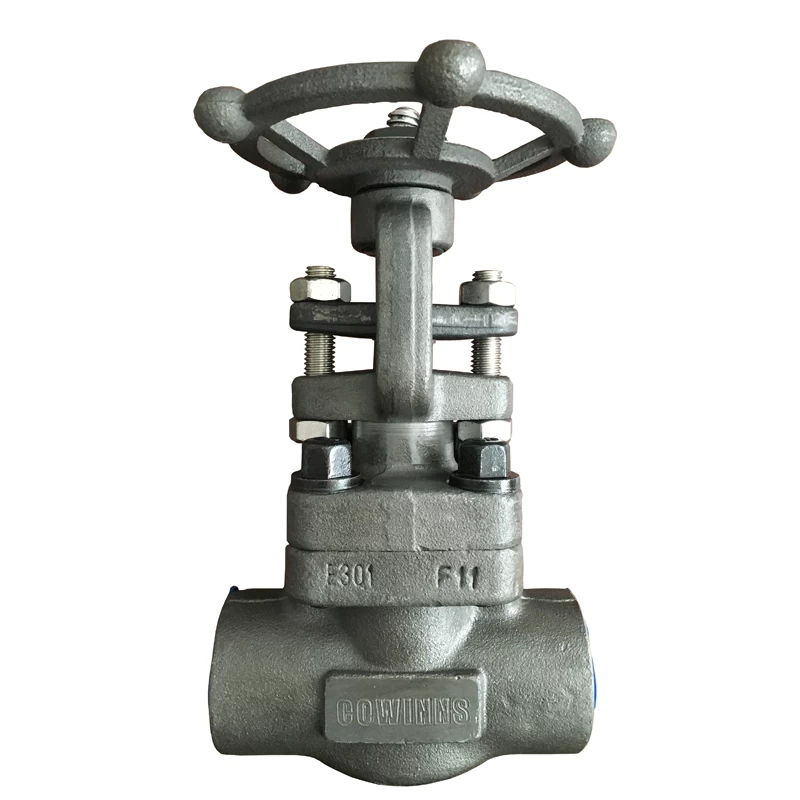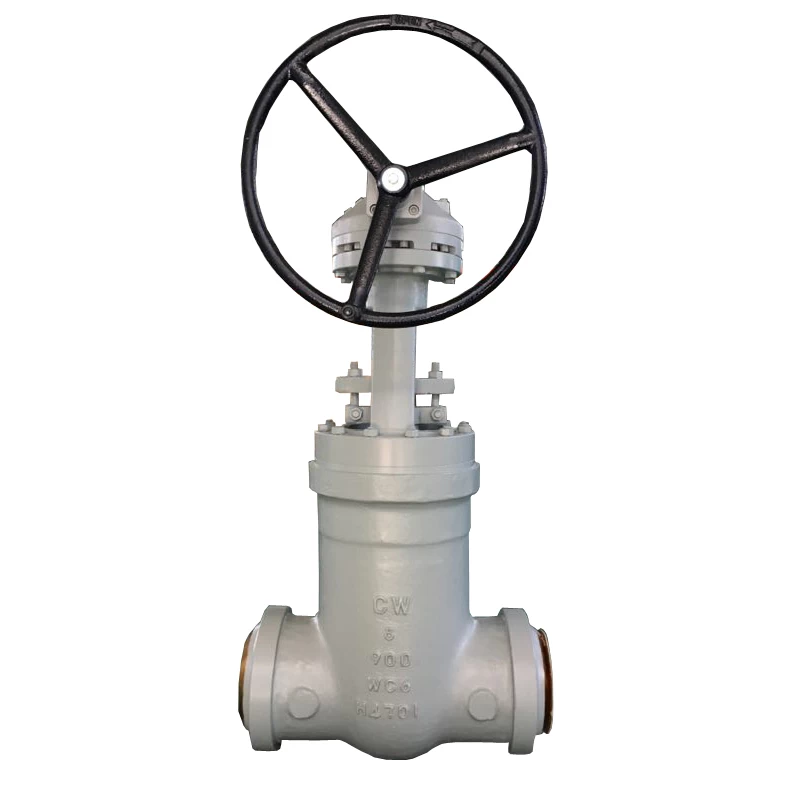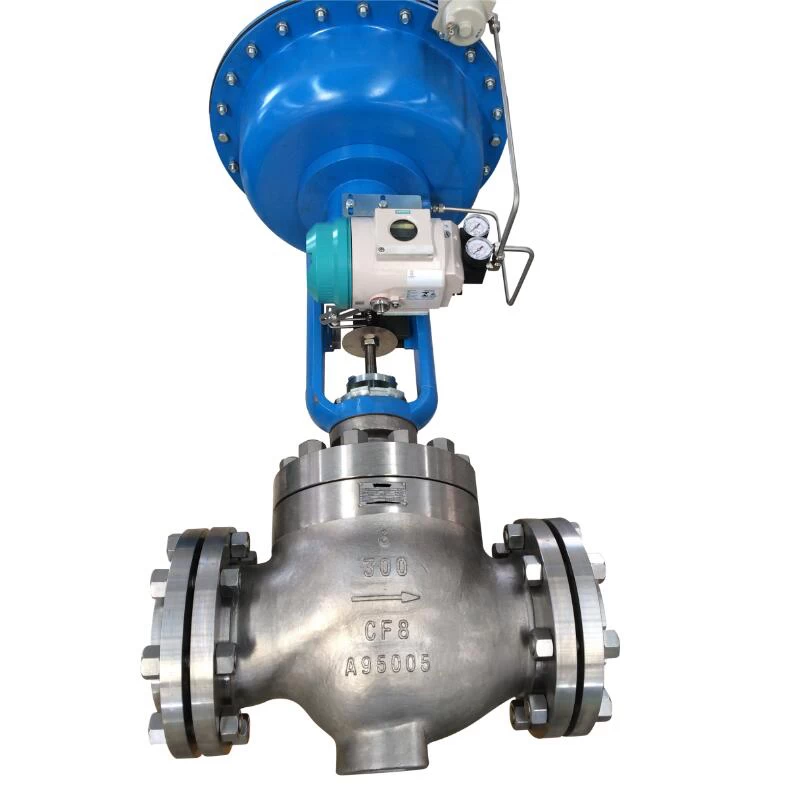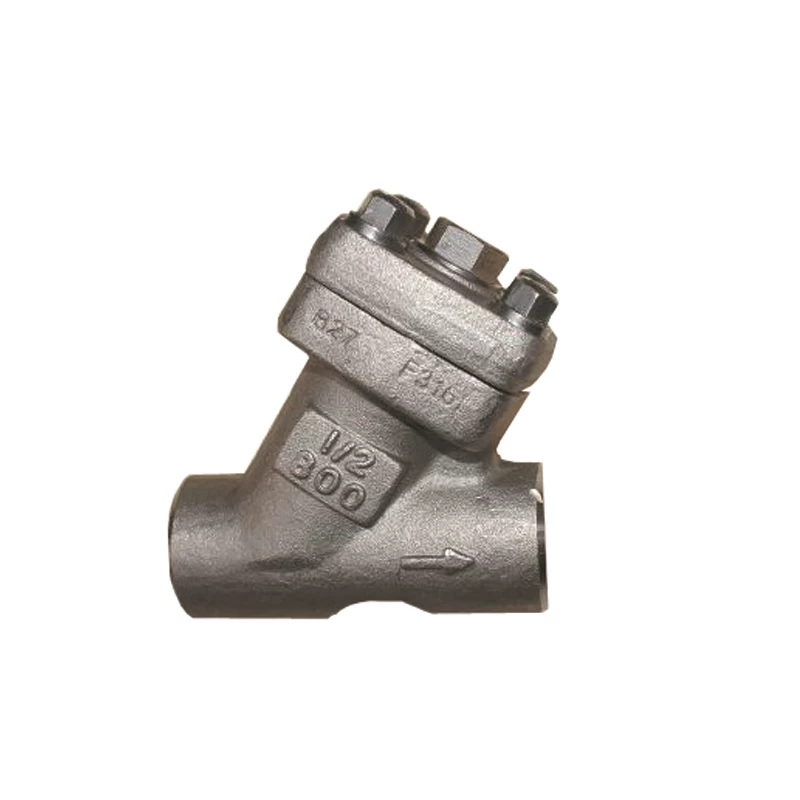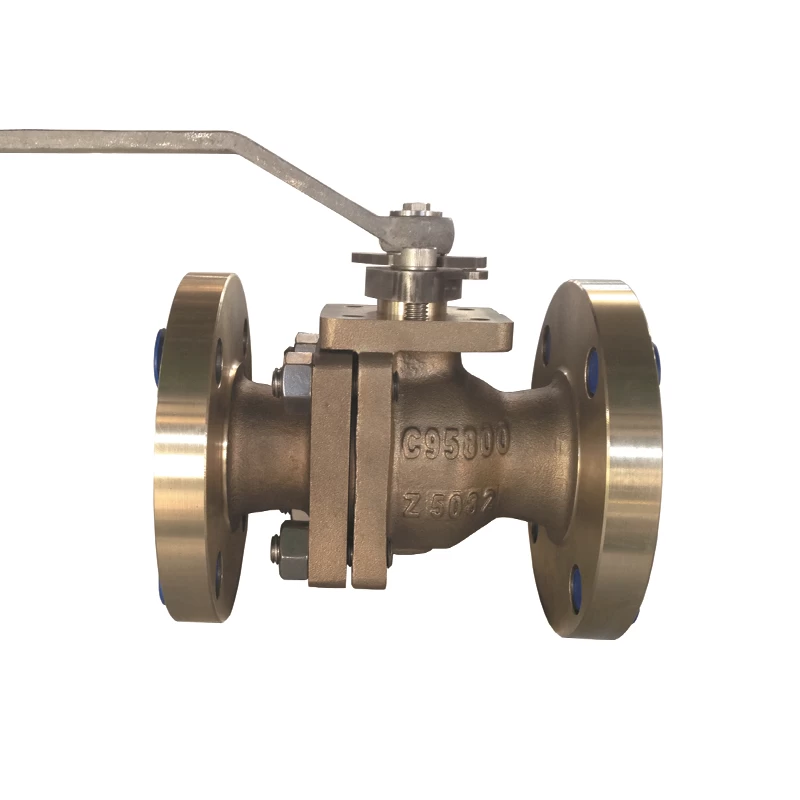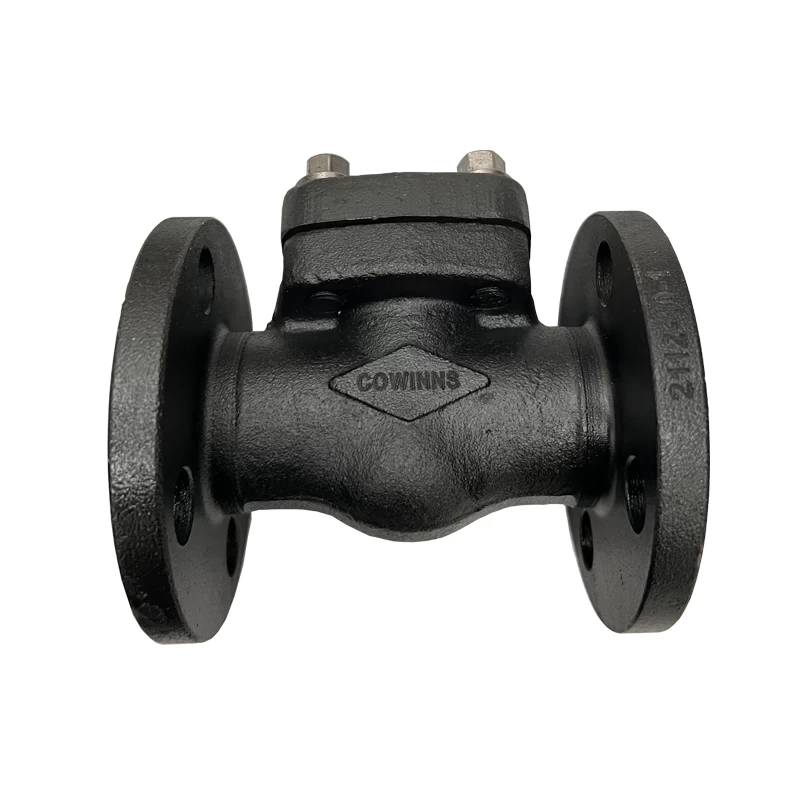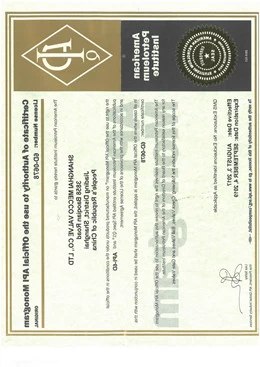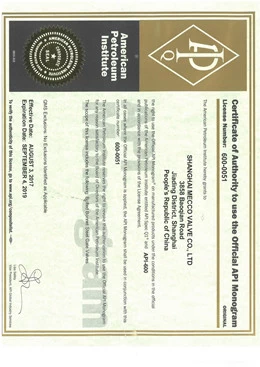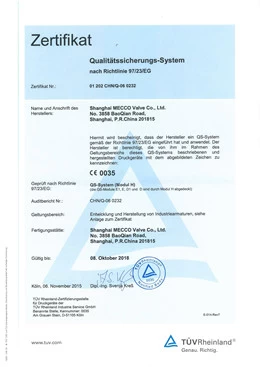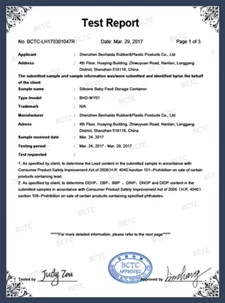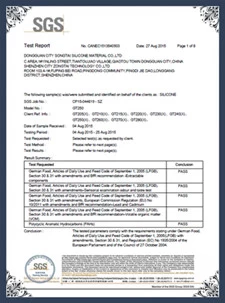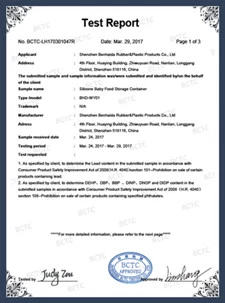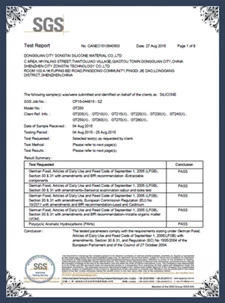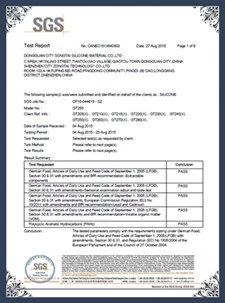Valve seal principles(2)
There aremany types of valves, but the basic function is the same, that is to connect orcut off the flow of media. Therefore, the sealing problem of the valve is veryprominent.
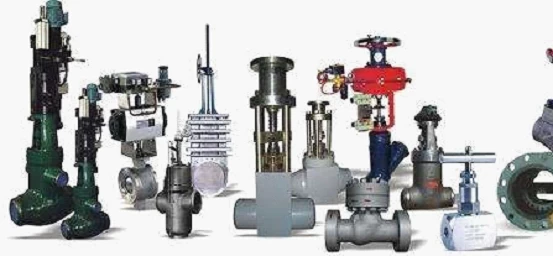
To ensurethat the valve can intercept the medium flow well, and no leakage occurs, it isnecessary to ensure that the valve is intact. There are many reasons for valveleakage, including unreasonable structural design, defective sealing contactsurface, loosening of fastening parts, inadequate cooperation between valvebody and bonnet, etc. All these problems may lead to valve sealing failureWell, there is a leakage problem. Therefore, valve sealing technology is animportant technology related to valve performance and quality, which requiressystematic and in-depth research.
From itscreation to the present, its sealing technology has also experienced greatdevelopment. So far, valve sealing technology has been mainly reflected in twomajor aspects, namely static sealing and dynamic sealing.
The so-called static seal usually refers tothe seal between two static surfaces. The sealing method of static seal mainlyuses gaskets.
The so-called dynamic seal mainly refers tothe sealing of the valve stem, that is, the medium in the valve is not allowedto leak with the movement of the valve stem. The sealing method of the dynamicseal is mainly to use a stuffing box.
Static seal
Staticsealing refers to the formation of a seal between two static sections. Thesealing method mainly uses gaskets. There are many types of washers. Thecommonly used washers include flat washers, O-rings, wrap washers,special-shaped washers, wave washers and wound washers. Each type can be furtherdivided according to the materials used.
①Flat washer. Flat washers areflat washers attached between two static sections. Generally, they can bedivided into plastic flat washers, rubber flat washers, metal flat washers andcomposite flat washers according to the materials used. Each type of flatwashers has its own Scope of application.
②O-ring. O-ring refers to agasket with an O-shaped cross-section. Since its O-shaped cross-section has acertain self-tightening effect, the sealing effect is better than that of aflat gasket.
③ Packed washer. Wrapped gasketrefers to a gasket that wraps a certain material on another material. Such agasket generally has good elasticity and can enhance the sealing effect.
④Special-shaped washer. Special-shapedwashers refer to those with irregular shapes, including oval washers, diamondwashers, gear washers, dovetail washers, etc. These washers generally have aself-tightening effect and are mostly used in high and medium pressure valves.
⑤ Wave washer. Wave washers arewashers that only have a wavy shape. These washers usually consist of acombination of metallic and non-metallic materials. They generally have thecharacteristics of low compression force and good sealing effect.
⑥ Wrap the washer. Wound gasketrefers to a gasket formed by winding a very thin metal belt and a non-metalbelt together, which has good elasticity and tightness.
Theproduction materials of gaskets mainly include three categories, namely metalmaterials, non-metal materials and composite materials. Generally speaking,metal materials have high strength and high temperature resistance. Hard faceseal usually for high pressure high temperature checkvalve in Cowinns's design. Commonly used metal materials include copper,aluminum, and steel. There are many types of non-metallic materials, includingplastic products, rubber products, asbestos products, hemp products, etc. Thesenon-metallic materials are widely used and selected according to specificneeds. There are also many types of composite materials, including laminates,composite plates, etc., which are also selected according to specific needs.Generally, wave washers and wound washers are used more.
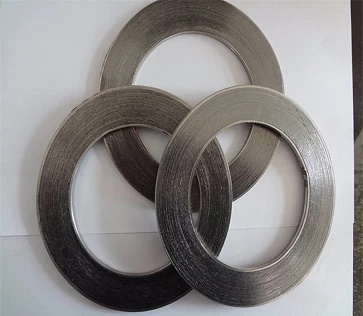
2. Dynamic seal
Dynamicsealing refers to a seal that does not allow the medium flow in the valve toleak with the movement of the valve stem. This is a sealing problem during therelative movement. The sealing method mainly uses a stuffing box. There are twobasic forms of stuffing box, namely gland type and compression nut type. Thegland type is currently the most used form. Generally speaking, the gland typecan be divided into two types: a combined type and an integral type. Althougheach type is different, it basically contains bolts for pressing. Thecompression nut type is generally used for smaller valves. Due to the smallsize of this form, the compression force is limited.
In thestuffing box, because the packing is in direct contact with the valve stem, allrequire a good seal of the packing, a small friction coefficient, be able toadapt to the pressure and temperature of the medium, and resistant tocorrosion. The most commonly used fillers at present include rubber O-rings,PTFE braided packing, asbestos packing and plastic molding packing, etc. Eachpacking has its own suitable conditions and scope, and is selected according tospecific needs.
Sealing is toprevent leakage, then the principle of valve tightness is also studied frompreventing leakage. There are two main factors causing leakage, one is the mostimportant factor affecting the sealing performance, that is, there is a gapbetween the sealing pair, and the other is the pressure difference between thetwo sides of the sealing pair. The valve sealing principle is also analyzedfrom four aspects: liquid sealing, gas sealing, leakage channel sealingprinciple and valve sealing pair.
Liquid seal
The liquidtightness is carried out by the viscosity and surface tension of the liquid.When the leaking capillary of the valve is filled with gas, surface tension mayrepel the liquid or introduce the liquid into the capillary. This creates atangent angle. When the tangent angle is less than 90 °, the liquid will beinjected into the capillary, and leakage will occur. The reason for the leakageis the different nature of the medium. Experiments with different media willgive different results under the same conditions.
You can usewater, air or kerosene. And when the tangent angle is greater than 90 °,leakage will also occur. Because it is related to the grease or waxy film onthe metal surface. Once the thin films on these surfaces are dissolved, thecharacteristics of the metal surface change, and the originally repelled liquidwill wet the surface and leak. In view of the above situation, according to thePoisson formula, the purpose of preventing leakage or reducing the amount ofleakage can be achieved under the condition of reducing the capillary diameterand the medium viscosity is large .
Air seal
According to Poisson'sformula, the tightness of the gas is related to the gas molecules and theviscosity of the gas. Leakage is inversely proportional to the length of thecapillary and the viscosity of the gas, and directly proportional to thediameter and driving force of the capillary. When the diameter of the capillaryis the same as the average degree of freedom of the gas molecules, the gasmolecules will flow into the capillary with free thermal motion. Therefore,when we are doing the valve sealing test, the medium must use water to play therole of sealing, and air or gas cannot play the role of sealing.
Even if wereduce the capillary diameter below the gas molecules by plastic deformation,it still cannot stop the flow of gas. The reason is that the gas can stilldiffuse through the metal wall. So when we do gas test, it must be more strictthan liquid test.
Leakage channel sealing principle
The valve seal is composed ofunevenness scattered on the wave surface and the waviness of the distancebetween the peaks to form the roughness. In the case where most of the metalmaterials in China have low elastic strain, if they want to achieve a sealedstate, they need to put higher requirements on the compressive force of themetal material, that is, the compressive force of the material must exceed itselasticity. Therefore, in the design of the valve, the seal pair is matchedwith a certain hardness difference, and under the action of pressure, a certaindegree of plastic deformation sealing effect will be produced. One type designis high pressure seal check valve, valve sealfunction relays on pipeline high pressure
If thesealing surfaces are all made of metal materials, the uneven projections on thesurface will appear at the earliest. Initially, only a small load is needed tomake these uneven projections plastically deform. When the contact surfaceincreases, the unevenness of the surface becomes plastic-elastic deformation.At this time, the roughness on both sides of the recess will exist. When it is necessaryto apply a load that can cause severe plastic deformation of the underlyingmaterial, and make the two surfaces in close contact, the remaining diameterscan be closely sealed along the continuous line and the hoop direction.
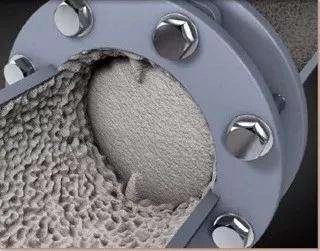
Valve seal
The valve seal pair is the partwhere the valve seat and the closing member close when they contact each other.During use, the metal sealing surface is susceptible to damage from entrappedmedia, media corrosion, wear particles, cavitation, and erosion. Such as wearparticles. If the wear particles are smaller than the unevenness of thesurface, when the sealing surface is run in, the surface accuracy will beimproved without deterioration. On the contrary, it will deteriorate thesurface accuracy. Therefore, when selecting wear particles, factors such asmaterial, working conditions, lubricity and corrosion of the sealing surfaceshould be considered.
Like wearparticles, when we choose seals, we must comprehensively consider variousfactors that affect their performance in order to prevent leakage. Therefore,materials that are resistant to corrosion, scratches, and erosion must beselected. Otherwise, the lack of any requirement will greatly reduce itssealing performance.
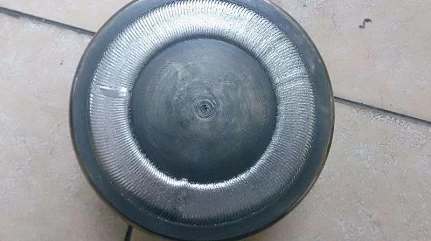
 +86 512 68781993
+86 512 68781993 
